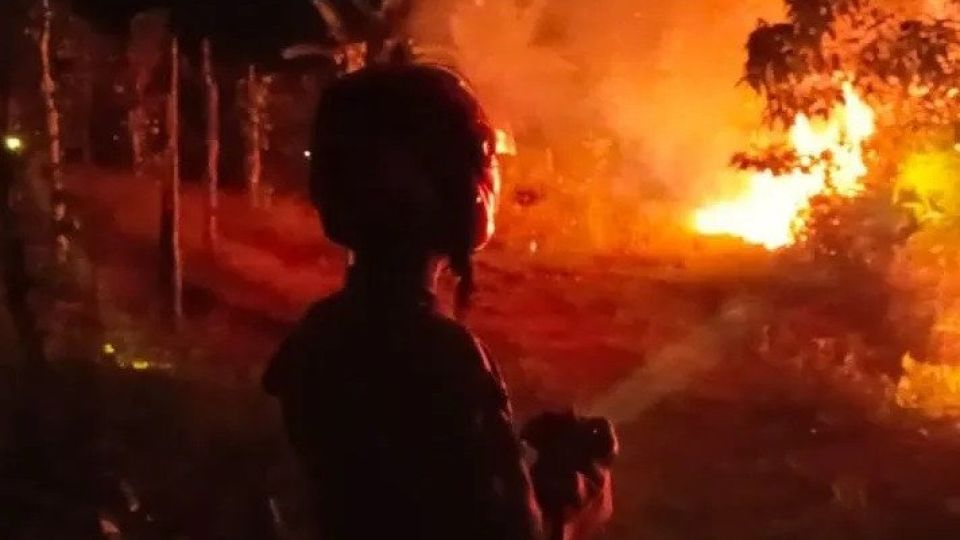January 4, 2023
JAKARTA – The government is expecting that this year will be drier compared to the past three years, which might translate to a higher risk of forest fires than in previous years.
Meteorology, Climatology and Geophysics Agency (BMKG) head Dwikorita Karnawati said that the El Nino Southern Oscillation and the Indian Ocean Dipole were expected to be on their neutral phases in 2023, meaning the archipelago will see less rainfall compared to 2022.
Dwikorita said that from the start of the year until June the potential for fire hotspots would be relatively low; however, the dry season in August to September could pose higher risk of forest fires compared to the dry seasons of 2020 to 2022, which were relatively wet.
“Specifically, we need to watch out for the potential for fires in northern parts of Sumatra, such as North Sumatra, Riau and [Special Region of] Aceh in February 2023,” Dwikorita said during a coordination meeting on land and forest fires hosted by the Environment and Forestry Ministry on Wednesday.
According to government data, about 202,617 hectares (ha) of land and forest were burned between January to November, compared to 358,867 ha throughout 2021 and 296,942 ha in 2020.
Indonesia also recorded the lowest rate of deforestation in the last two decades to around 113,500 ha per year between 2020-2021.
Environment and Forestry Minister Siti Nurbaya Bakar said that throughout 2022, land and forest fires were under control while deforestation kept declining despite pessimism from international institutions about Indonesia’s methods in counting deforestation.
Challenges ahead
The minister also said that Indonesia’s notable milestones in its environmental and forestry policies in 2022 opened up some new opportunities and conditions that it will have to address in 2023.
Siti Nurbaya said that Indonesia had attained important milestones in 2022, from hosting the Group of 20 Summit during its presidency to coming up with the Forestry and Land Use (FOLU) Net Sink 2030 Operational Plan.
“With the FOLU Net Sink 2030, we have decided that Indonesia should have high ambitions on climate actions,” Siti said during the ministry’s year-end review event on Thursday.
Environment and Forestry Deputy Minister Alue Dohong said that there were few developments in international environmental regimes in 2022 that need to be responded to properly ahead.
He said one of them was the United Nations Environment Assembly Resolution 5/14, which stipulated the development of an international legally binding instrument to end plastic pollution.
He also pointed out the Kunming-Montreal Global Biodiversity Framework agreed at the 15th Conference of Parties (COP15) to the UN Convention on Biological Diversity (CBD) in Canada in December that came up with the “30 by 30” deal to preserve 30 percent of the planet for conservation by 2030.
Alue said that throughout last year, Indonesia had earned praises for its diplomatic and environmental efforts.
However, he said that such praise was also a “double-edged sword”, as Indonesia had started to be seen to move toward being a developed country, which carries the risk of the country becoming less prioritized for international funding related to environmental programs.
However, he said that there were still a few opportunities that Indonesia could take advantage of.
Alue highlighted that the 27th UN Climate Conference (COP27) in Sharm el Sheikh in November had come up with the agreement to create a loss and damage funding mechanism, while CBD COP15 also agreed on the establishment of the Global Biodiversity Framework Fund to support global biodiversity-conservation efforts.
“We can tap into these potentials [for funding] in the future,” Alue said.


